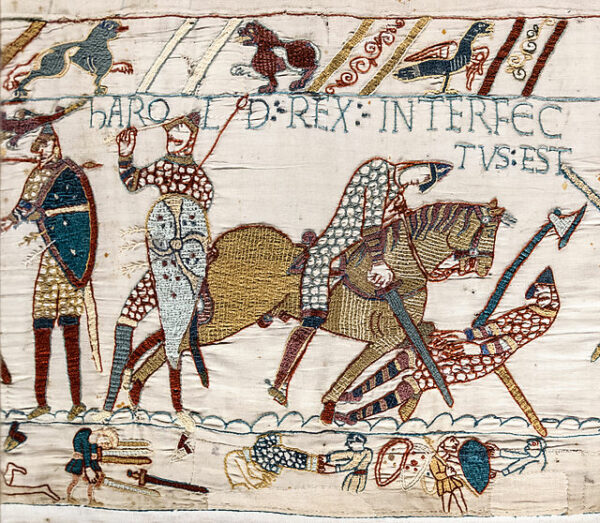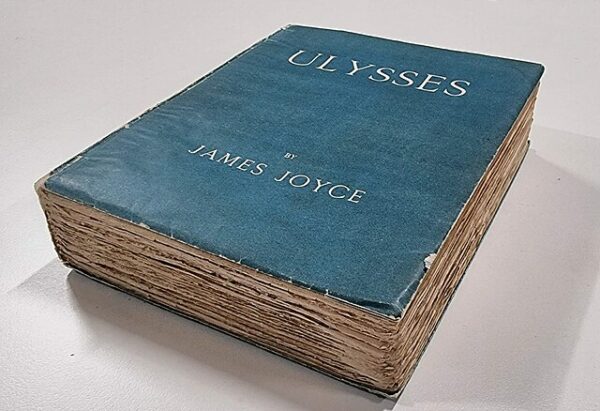The Battle of Hastings, fought on October 14, 1066, stands as one of the most pivotal moments in English history, marking the end of Anglo-Saxon rule and the beginning of Norman dominance. The conflict began with a succession crisis following the death of King Edward the Confessor in January 1066. Edward, having died without an heir, left the English throne open to multiple claims. Harold Godwinson, a powerful English noble, was chosen by the Witenagemot (the royal council) as king. However, his claim was immediately contested by two formidable rivals: Harald Hardrada, the King of Norway, and William, Duke of Normandy.
William based his claim on a supposed promise made by Edward during his lifetime, naming William his successor. Additionally, William argued that Harold had sworn an oath to support his claim, an oath Harold broke when he accepted the crown. Unwilling to relinquish his right, William began preparations for an invasion of England to assert his claim.
While William gathered his forces, Harold faced an immediate threat from Harald Hardrada, who invaded northern England in September 1066, aided by Harold’s own brother, Tostig. Harold swiftly marched his army north and defeated Hardrada at the Battle of Stamford Bridge on September 25, 1066, securing the northern front. However, this victory came at a high cost—his army was exhausted, and many soldiers were lost. Just as Harold celebrated this hard-won triumph, word arrived that William had landed on the southern coast of England with his well-prepared invasion force.
Harold was forced to respond immediately, leading his tired troops southward without the chance to rest or gather reinforcements. This rushed march would later prove critical to the outcome of the battle. Upon reaching the area near Hastings, Harold positioned his forces on the high ground of Senlac Hill, where his soldiers formed a shield wall—a formidable defensive tactic designed to repel William’s advancing army.
The battle began early in the morning and raged on for several hours. William’s forces, composed of cavalry, infantry, and archers, launched repeated attacks on the English shield wall but were initially unable to break through. The English held their ground firmly, using the advantage of the hill to repel the Norman assaults. However, as the day wore on, William employed a clever tactic that would turn the tide of the battle. His troops feigned retreat, tricking parts of Harold’s army into leaving their strong defensive positions to pursue the retreating Normans. This ploy weakened the English formation, allowing William’s forces to exploit the gaps and launch a more effective attack.
The turning point came late in the battle, when Harold himself was killed—legend suggests by an arrow to the eye, though the exact details of his death remain unclear. With Harold’s death, the English troops lost their leader and their morale. The army fell into disarray, and the Normans seized the advantage. By evening, William’s forces had decisively won the battle.
The Battle of Hastings was not just a military victory for William but a moment that changed the course of English history. With Harold dead and his army defeated, William swiftly moved to consolidate his power, eventually being crowned King of England on Christmas Day in 1066. His victory ushered in Norman rule, which would profoundly reshape the social, political, and cultural fabric of England for generations to come. The battle remains a defining event, symbolizing the end of one era and the beginning of another.






